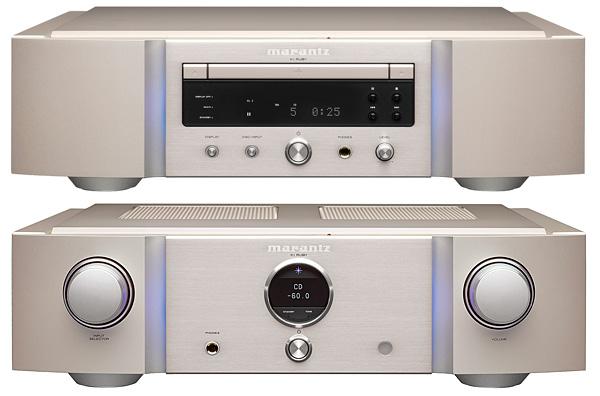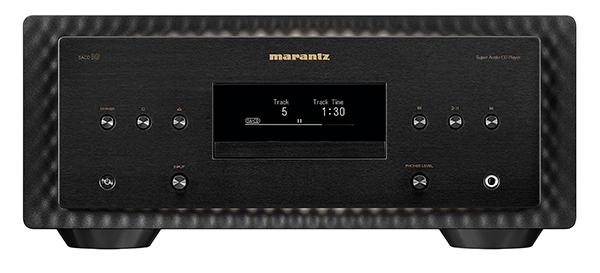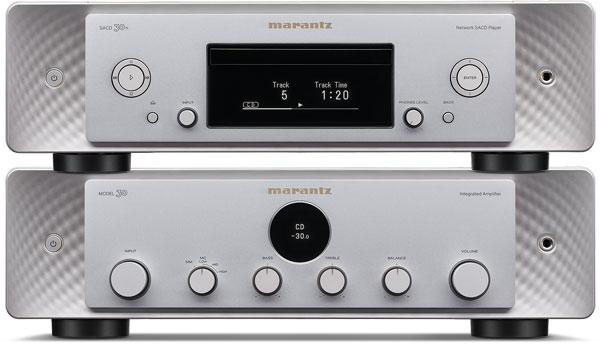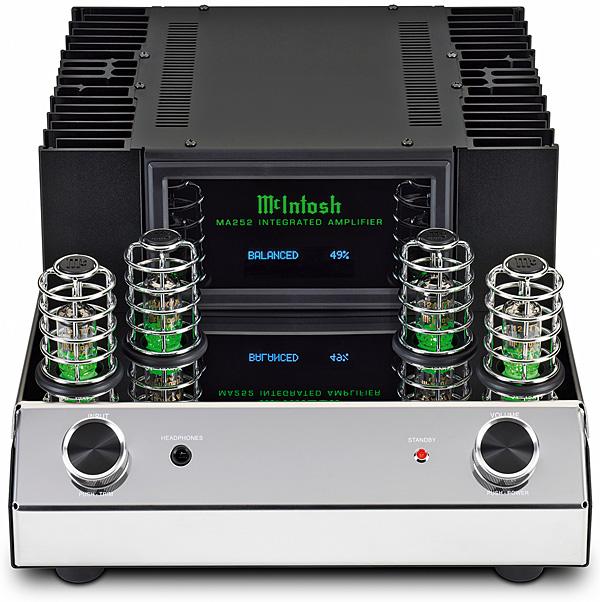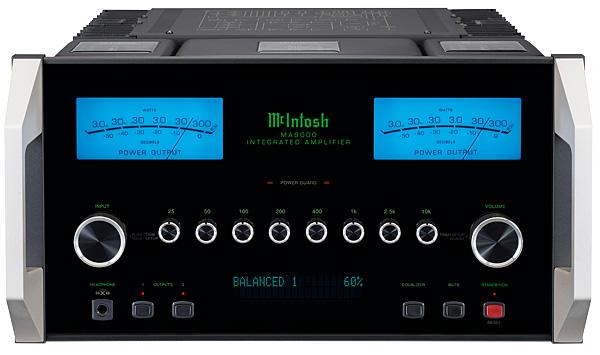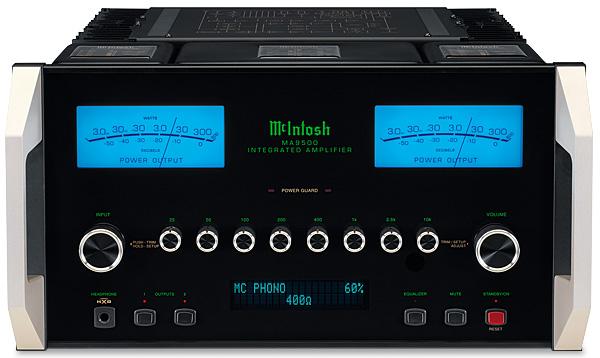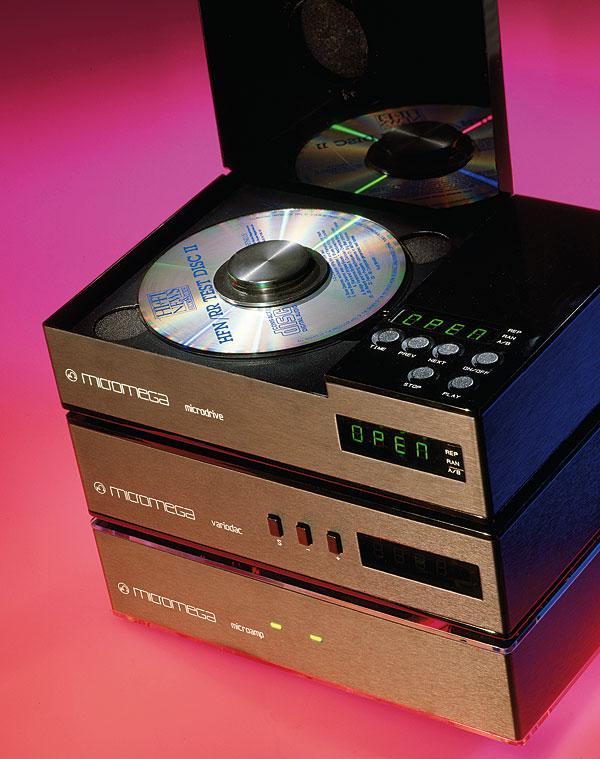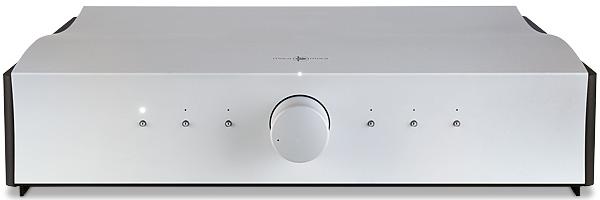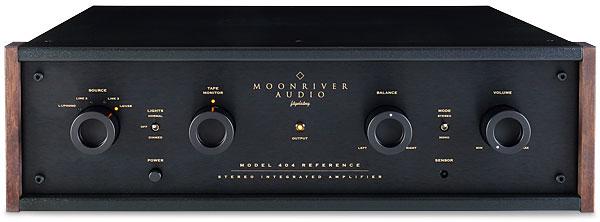Integrated Amplifiers
Sort By: Post DateTitle Publish Date
|
May 16, 2022
|
Jan 14, 2025 |
First Published: Dec 01, 2024
|
Dec 04, 2020
|
Mar 08, 2019
|
Jun 22, 2025 |
First Published: Jun 01, 2025
|
Feb 08, 2021
|
Sep 01, 2018
|
Apr 12, 2024 |
First Published: Jul 01, 1993
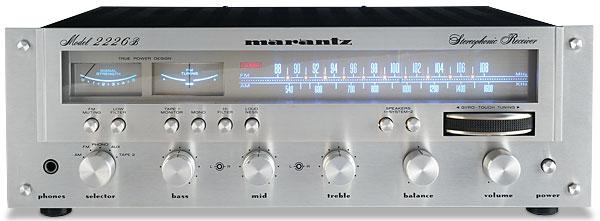
 Buy one of these late-'70s beauties secondhand today and you'll own an amp from a pedigree name with radio thrown in for 'free'. So, is this a receiver worth considering?
Buy one of these late-'70s beauties secondhand today and you'll own an amp from a pedigree name with radio thrown in for 'free'. So, is this a receiver worth considering?

 While Marantz's new 40 series shares its industrial design with the Class D Model 30, its core networking and Class A/B amp technology borrows from an earlier generation
While Marantz's new 40 series shares its industrial design with the Class D Model 30, its core networking and Class A/B amp technology borrows from an earlier generation

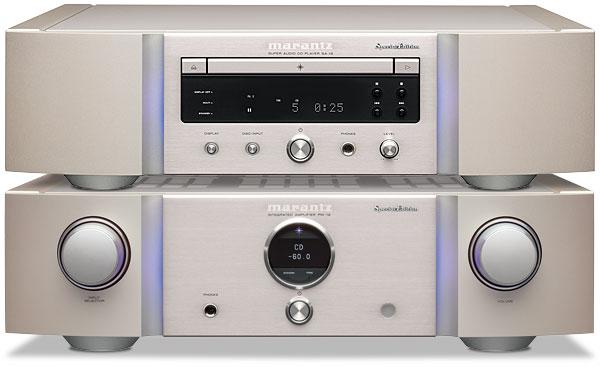
 This SE version of Marantz's former 'Japan only' SA-12/PM-12 player/amp combo borrows very heavily indeed from the costlier KI Ruby series, but saves £1000 into the bargain
This SE version of Marantz's former 'Japan only' SA-12/PM-12 player/amp combo borrows very heavily indeed from the costlier KI Ruby series, but saves £1000 into the bargain
